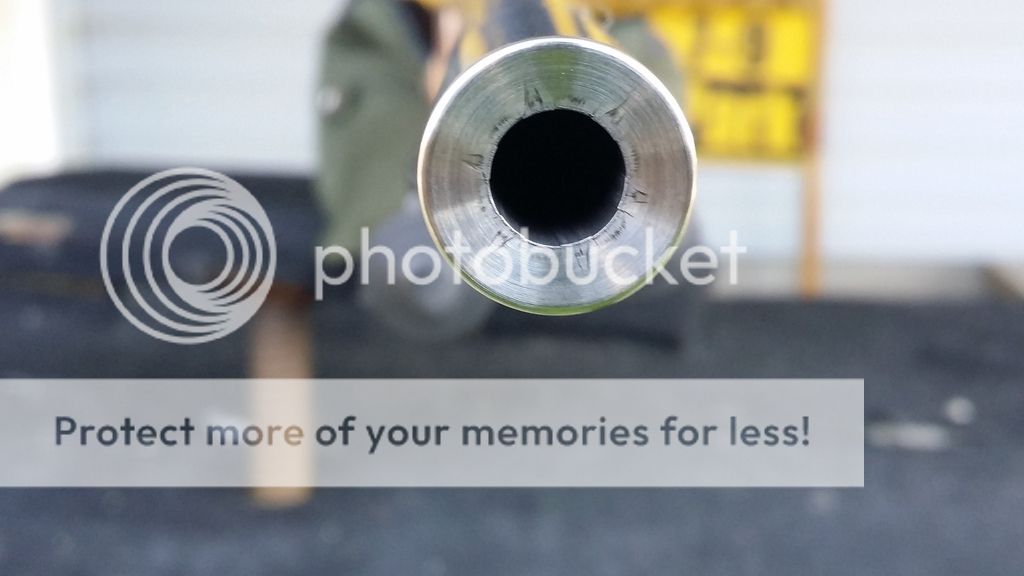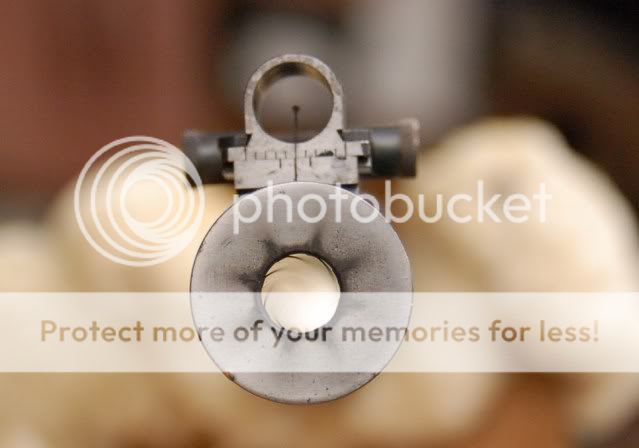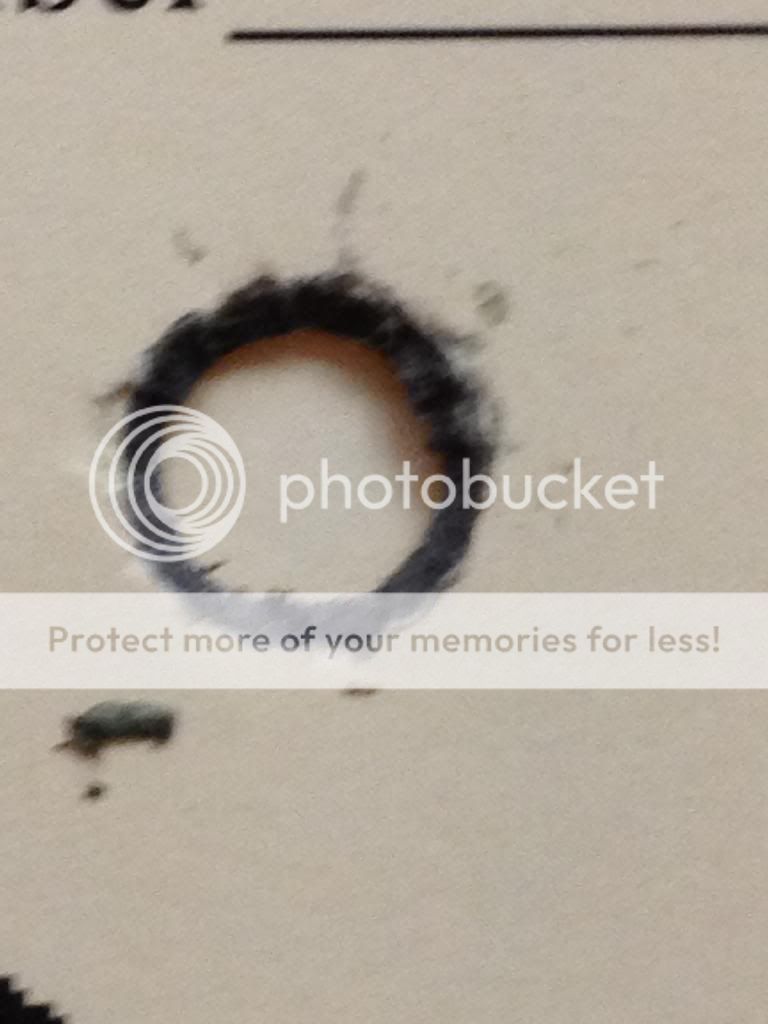A lube star really doesn't mean much. I like to see very little of one, maybe just some oily carbon/graphite marks. The target and bullet holes will tell you if you have a lube problem, then you can use the target and gun condition together to diagnose the problem.
Lube boogers on the paper means the lube didn't go liquid enough or flow well enough in at least one of the bullet's grooves for the temperature, pressure, velocity, and barrel length of the system. The longer the barrel the softer the lube needs to be at the muzzle because muzzle pressure is lower than it is on short barrels. Soften the lube slightly with a non-slippery middle-modifier or plasticizer like Vaseline, white mineral oil, or Dexron II/III ATF to get rid of boogers. Or use less, like only lube the rear groove or just the space in front of the gas check.
It takes very, very little lube to do the job, even at high velocity, but the lube has to be exactly where it needs to be when it needs to be and it needs to be in the correct state to do the job at different points in the barrel. One of the challenges of Extreme Lube was finding something that was fairly insensitive to quantity used, something that didn't accumulate in the bore and didn't stay on the bullet, something that wouldn't change bore friction or oil left behind when going from five grooves filled to just one, that way you didn't have to worry about it, just fill all the grooves in the neck and forget about it. Pretty tall order to get a lube to do that in everything, but part of the key was making a dry lube that was also soft to begin with but had a very high film strength and let go of it's oil slowly. Also, it had to contain slow and fast melting waxes so that it could handle any barrel length without going all liquid like poop through a goose or freeze up on a revolver bullet and not depart when it should. Lots of metal soap and a little bit of paraffin was required for my version to handle all the temps with no cold-starts. It doesn't leave much of a lube star in anything I've ever used it in.



